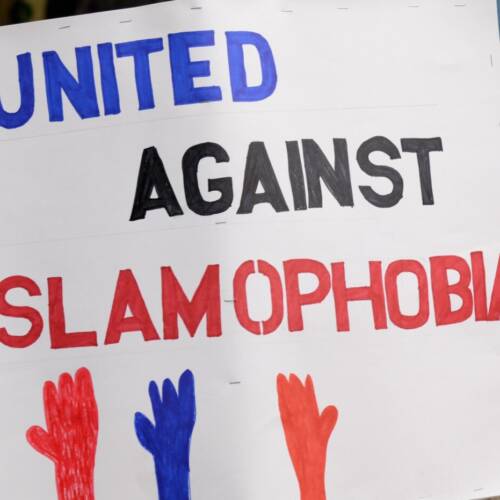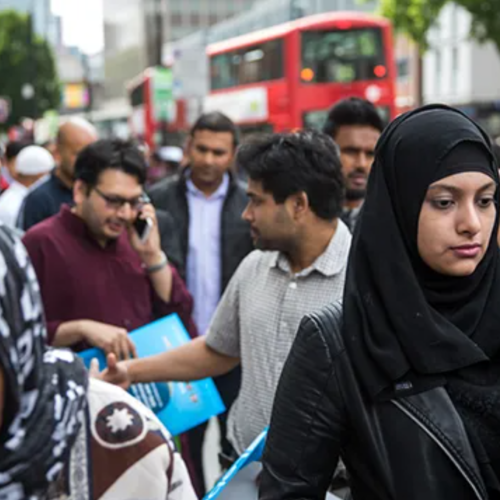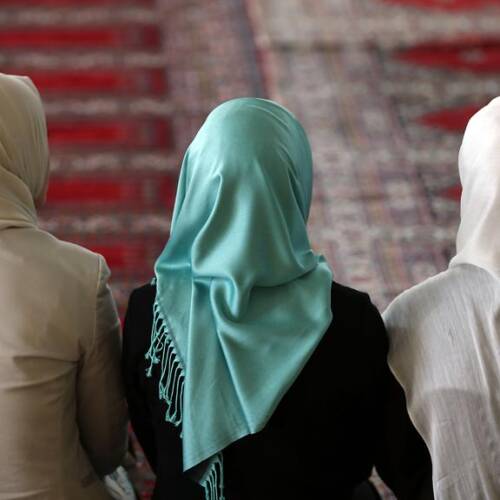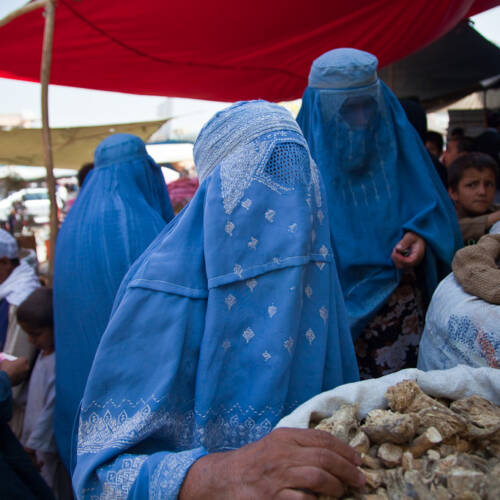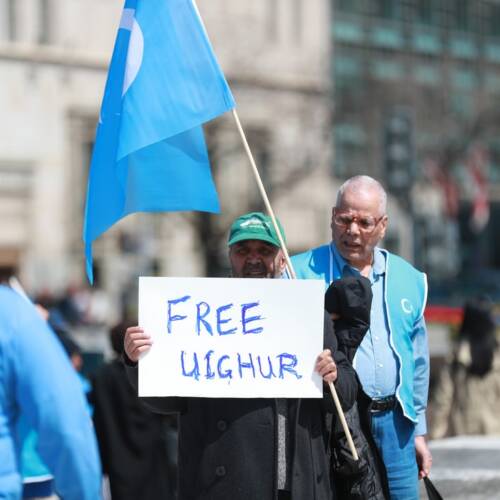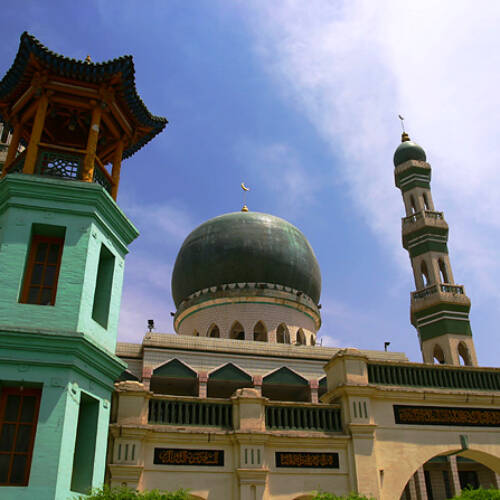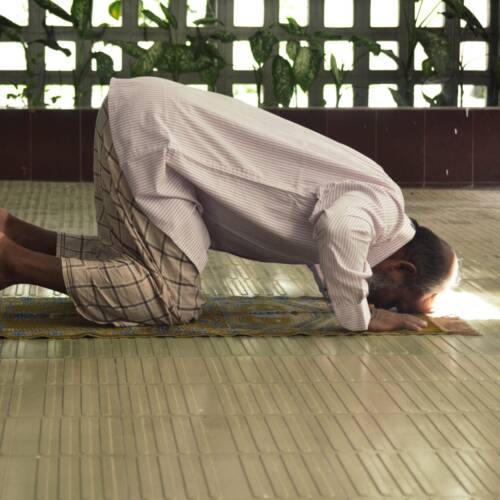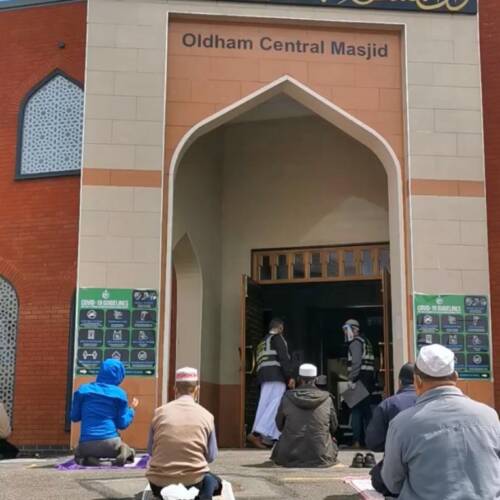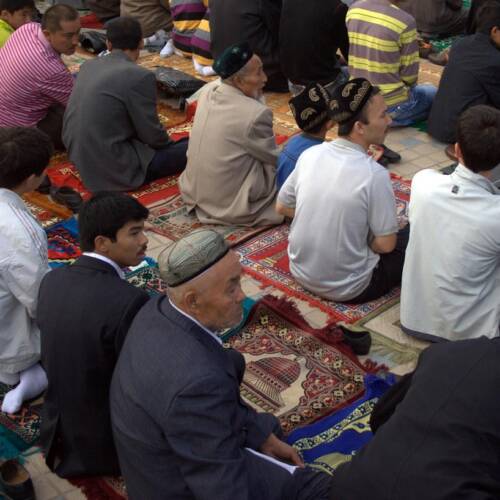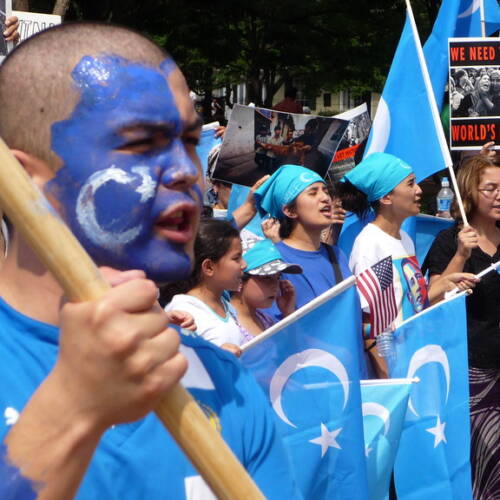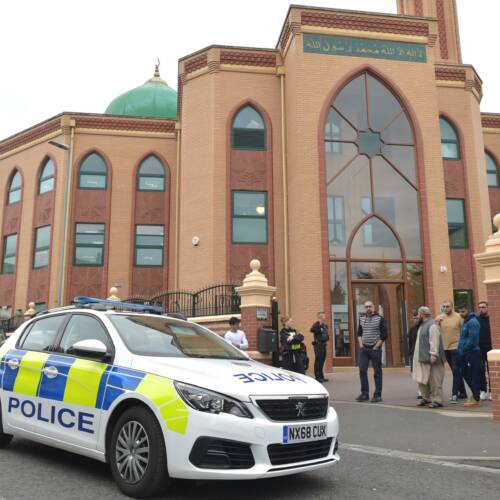
China is Removing Minarets and Domes from Mosques in Latest Episode of its Cultural Crackdown
02 Nov 2021This year, Beijing has continued in its path of changing the architecture of the country’s mosques as provincial authorities have been removing ‘Arab-style’ features from various religious sites this year, via its campaign of ‘sinicization.’
One of these sites being the 700-year old Dongguan Mosque which had its minarets and dome taken down last month, sparking backlash from the community of Hui Muslims in the city of Xining.
Earlier this year, there was news coming from the Xining municipal government announcing the renovation of the front gate of the Dongguan Mosque which circulated on social media. This would turn out to consist of a complete removal of the “Arabic-style” domes and minarets that were once prominently placed at the front gate. The reconstruction began in September and sparked outcry from local residents, and even captured the attention of the international community.
This, however, is not an exceptional event as China is removing the domes and minarets from thousands of mosques across the country. Authorities argue that these features are evidence of foreign religious influence and are taking down overtly Islamic architecture as part of a push to sinicize historically Muslim ethnic groups and promote national unity. Another mosque in the same city of Xining has also been remodelled. The domes, minarets and Arabic calligraphy have been replaced by Chinese text and architecture. The Jiaman mosque in the city of Kira has also experienced similar changes, amongst other sites.
The demolition of the Dongguan mosque’s front gate has happened against the backdrop of a much larger crackdown on Islamic identity unfolding across China. The most notable aspects of this campaign have occurred in the area China refers to as the Xinjiang Uyghur Autonomous Region as a part of the so-called “People’s War on Terror”, a repressive campaign that criminalises many aspects of everyday religious behaviour. Uyghur Muslims have had their religious sites completely removed and their cultural/religious practices heavily suppressed.
The Hui Muslims form the biggest Muslim population in the country. China’s third-largest ethnic group, there are over 10 million of them living in the Qinghai province. Members of the community are not persecuted in the way Uyghurs are by Chinese authorities since their version of Islam is reportedly compatible with Chinese concepts and practices. They have made their version of Islam accessible to Confucians and Daoists, trying to show it as inherently Chinese and not a foreign influence by adopting spiritual concepts and terms found in ancient Chinese philosophy to explain Islamic precepts. Various Hui sects have also incorporated Chinese religious practices into their worship, such as burning incense at religious ceremonies.
But Beijing has a much narrower understanding of what being “Chinese” means, adhering to Communist Party values, speaking only Mandarin Chinese and rejecting all foreign influence. And the dome removal campaign has been met with limited public resistance. Xining residents say the Dongguan Mosque’s imam and director were briefly detained and forced to sign in favour of the renovation of the front gate. And less than a mile away, Xining’s marble Nanguan Mosque is also being prepped for dome removal.
The symbolic importance of the Dongguan mosque is hard to understate. As a place of worship, the Dongguan is the only Yihewani mosque in Xining that holds weekly Friday afternoon prayers. As many as 70,000 people attend in a typical week, spilling out into the street. During Ramadan, more than 200,000 people might gather for Friday prayers, with Eid celebrations drawing as many as 300,000. The emotional impact of this decision on community members will undoubtedly be significant.


